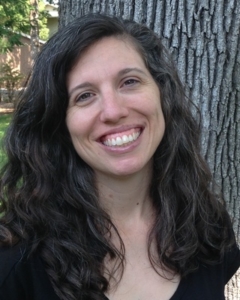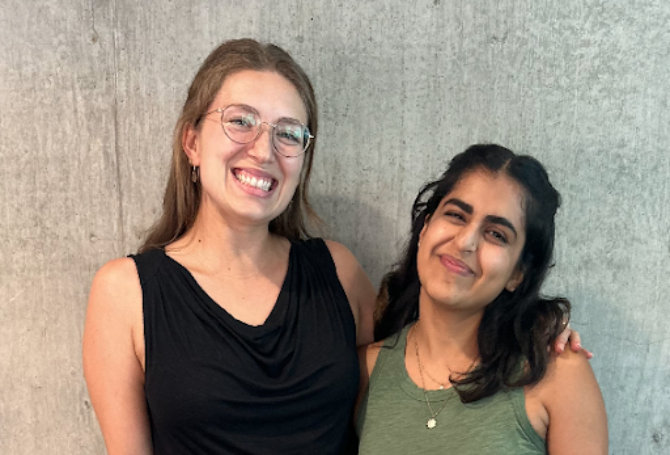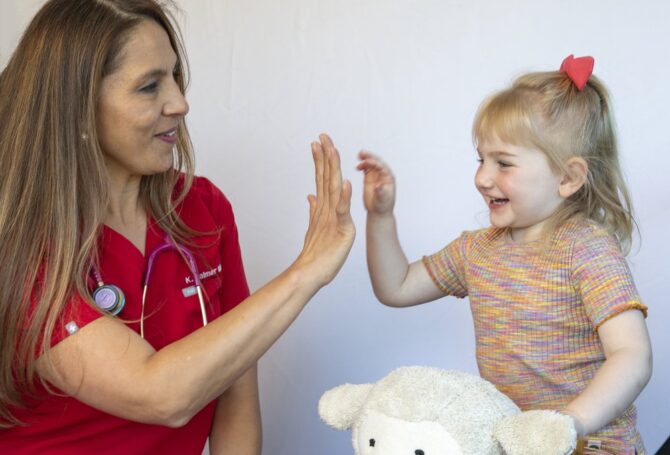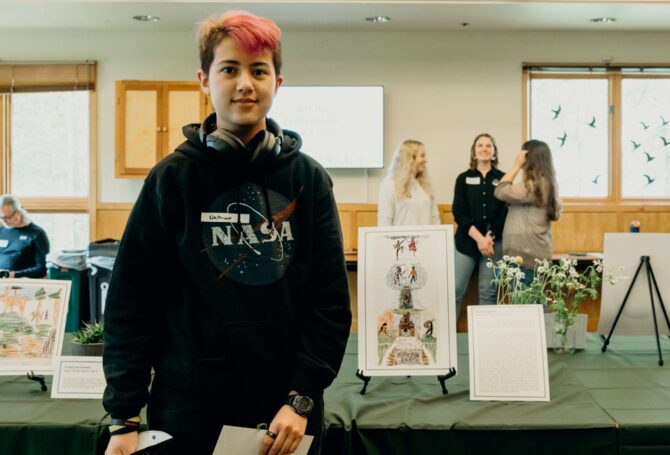September 15, 2021
As Youth Suicide Assessment in Virtual Environments (Youth SAVE) continues to evolve, one of the preliminary developers, Corinne Allen, CSWA, LSSW, shares her thoughts on the project’s development and unique reach.
Q: What background and expertise did you bring to the Youth SAVE project? Why were you drawn to the project?
CA: I work in a virtual school, so that’s the environment in which I do suicide assessment and intervention. Before the pandemic began, that environment was challenging to navigate. So, when everyone went virtual, I thought of my own journey to develop the skills necessary for doing this work exclusively online or over the phone. It made me consider how meaningful it would be to share that knowledge with others on a wider scale, as well as join with others in thinking about the ways this works and carrying it forward with us.
Q: What makes Youth SAVE different from other suicide prevention trainings?
CA: Even though Youth SAVE was developed as a response to the pandemic’s virtual environment virtual communication is a part of our world, so I love that this training focuses so heavily on working virtually. Also — and I think this is something we’ve seen change with many events and training during COVID — I appreciate the accessibility Youth SAVE offers, particularly with mention to rural areas. I used to live in rural Eastern Oregon for years, and I never was able to attend an ASIST training there because there just weren’t the resources available to do so. Suicide prevention, assessment, and intervention is now so much more accessible to Oregonians because Youth SAVE is designed to be administered online.
Q: What is your favorite aspect of the training?
CA: I’ve been the most excited about the level of participant collaboration. Participants have given so much positive feedback about the breakout groups that they are placed in during the training. These small groups really give folks a chance to build relationships. Youth SAVE also gives participants the ability to learn and collaborate with school and community mental health professionals working all over Oregon. I think bringing all of those experiences together is incredibly valuable.
Q: How do you hope to see Youth SAVE develop in the future?
CA: I love the developments OPS is currently planning, like Youth SAVE for Medical Clinics. I’d like to see Youth SAVE continue to develop as the world changes. We should be constantly assessing the needs of the communities we serve and be able to model the training in a way that addresses those needs. And I think that’s what is happening with the module currently in development.
9/15/21




